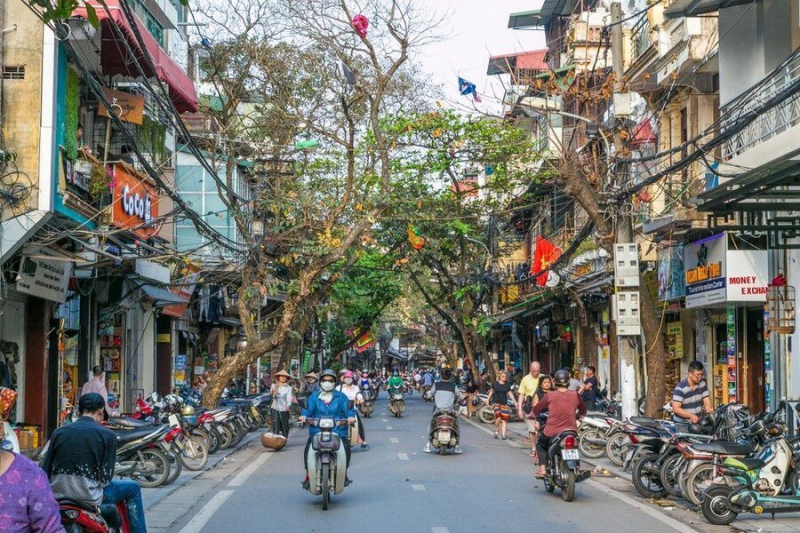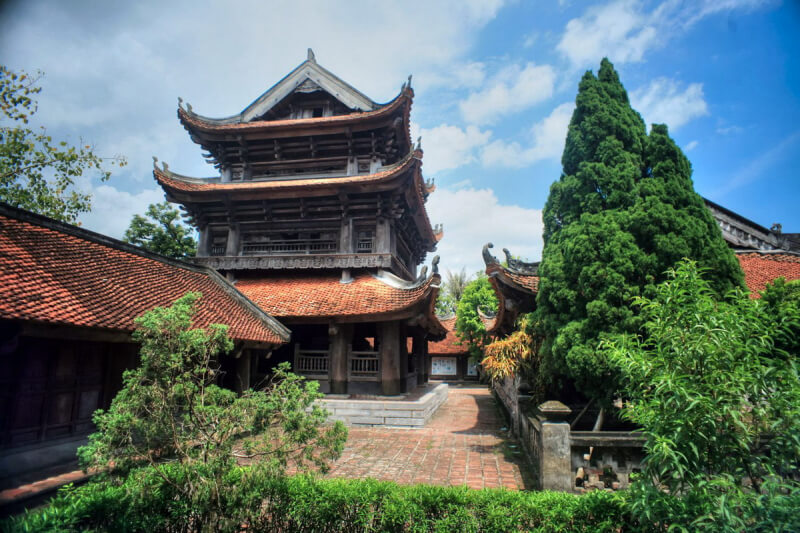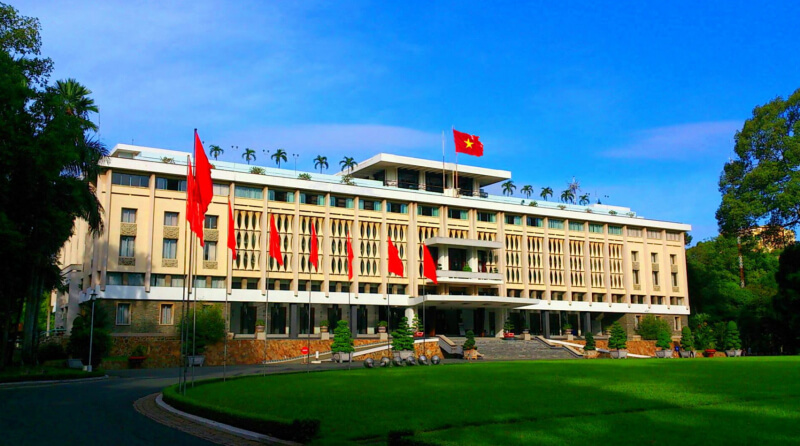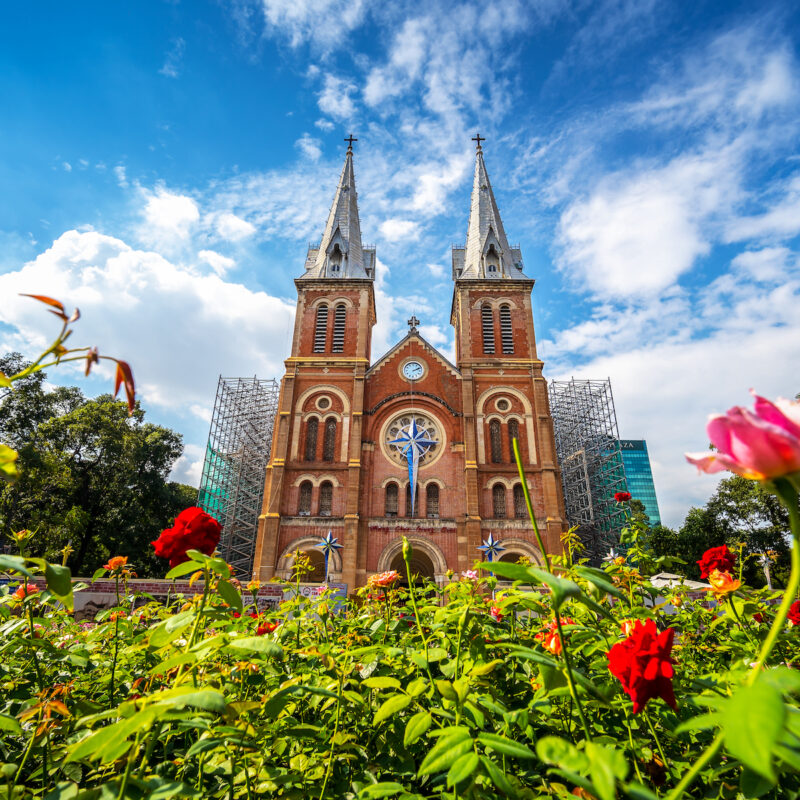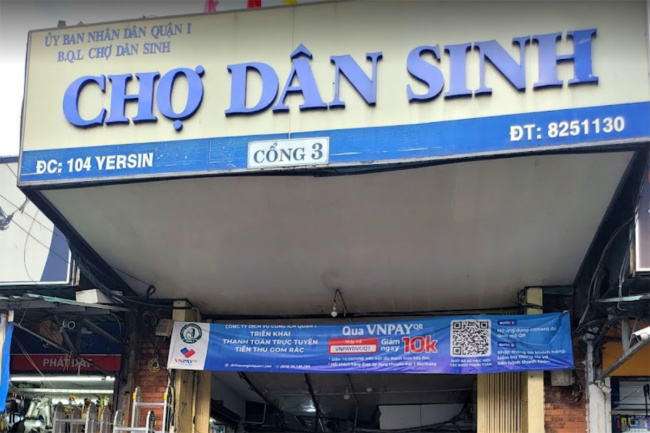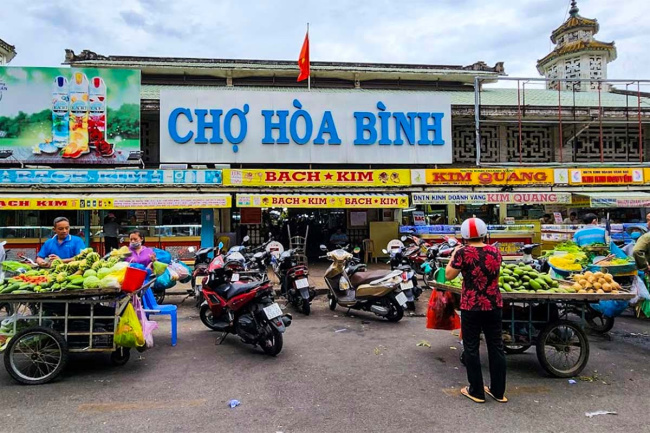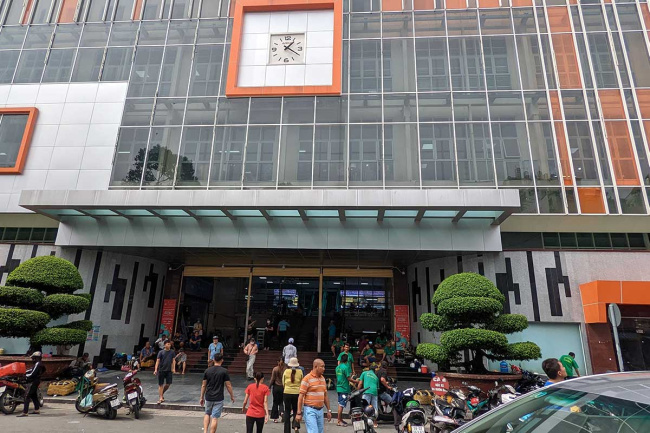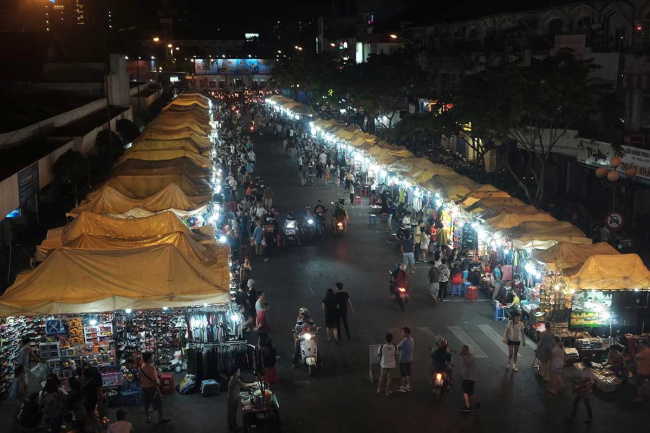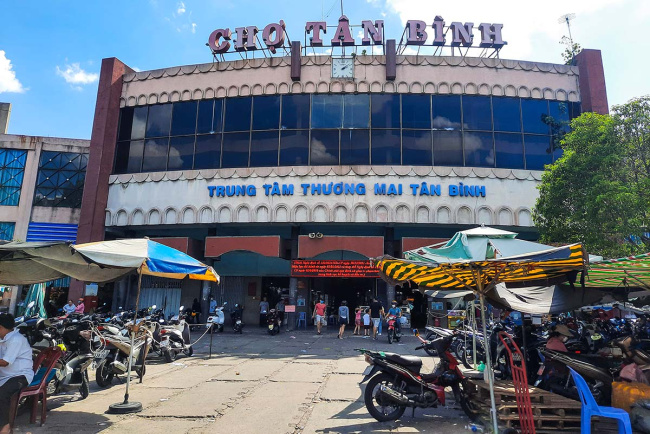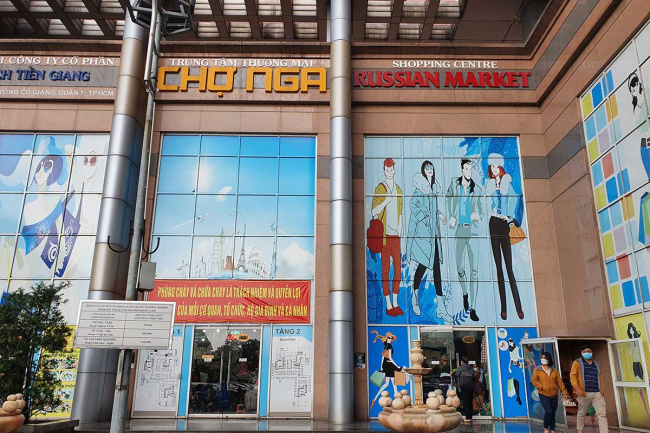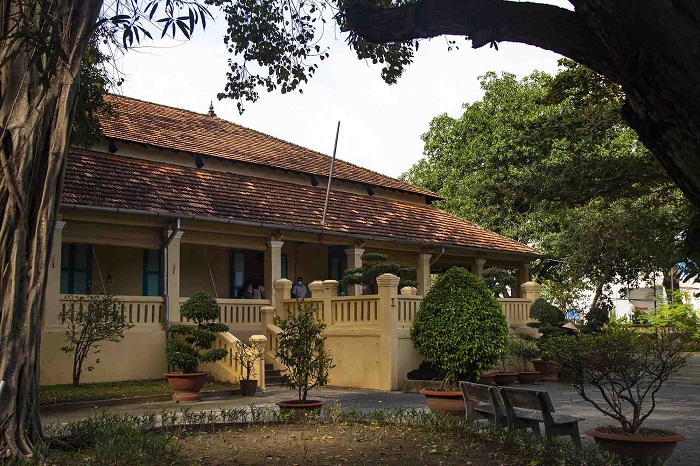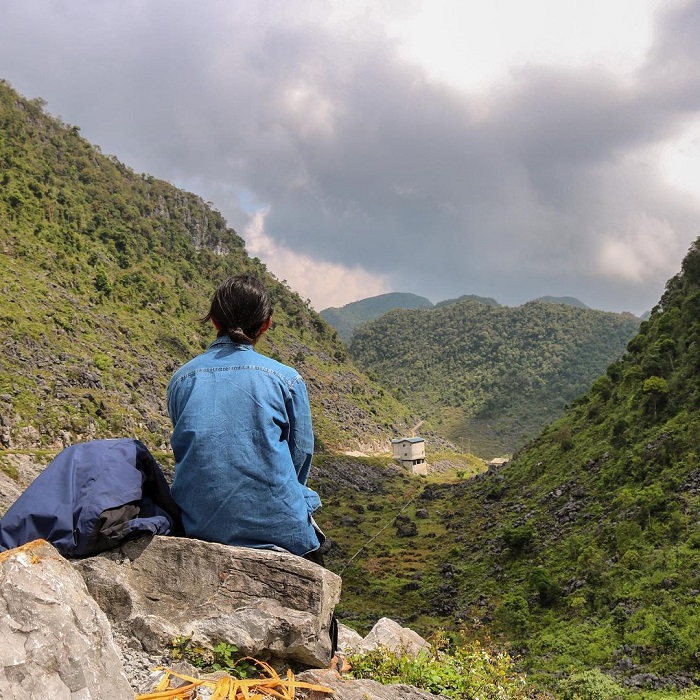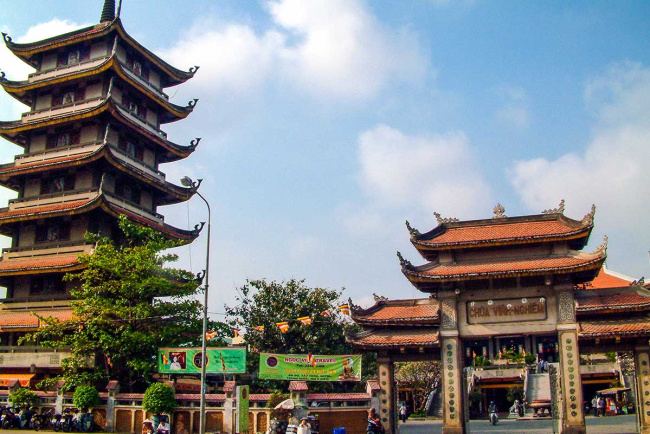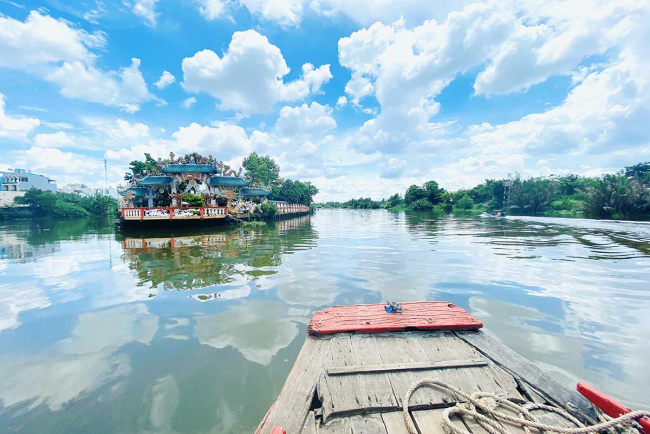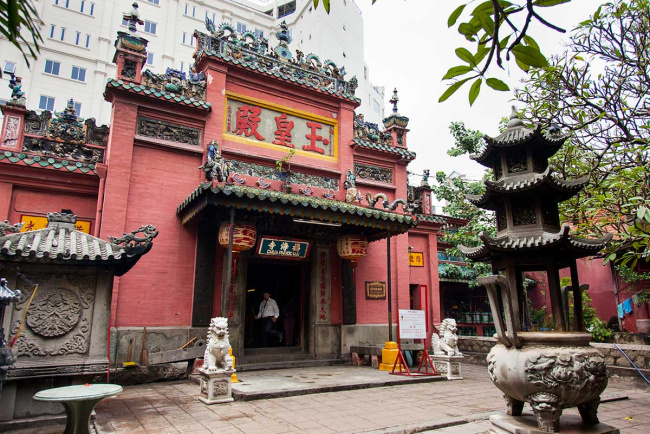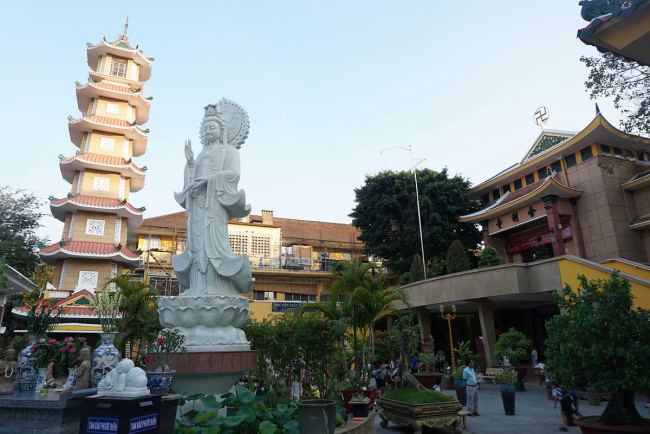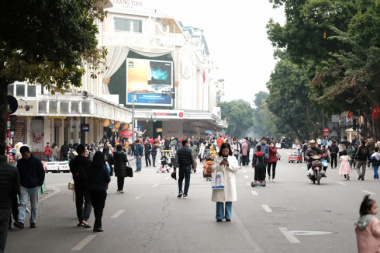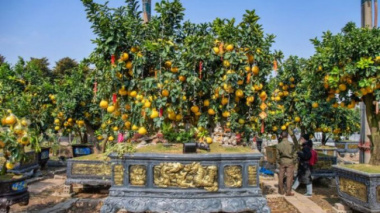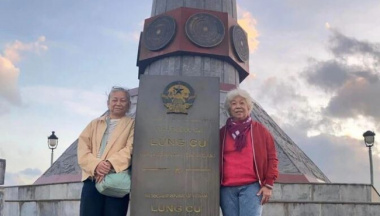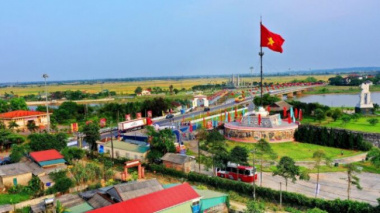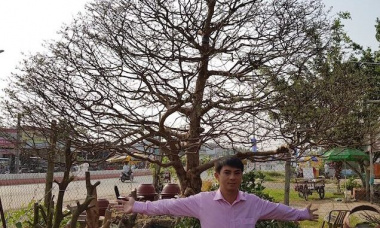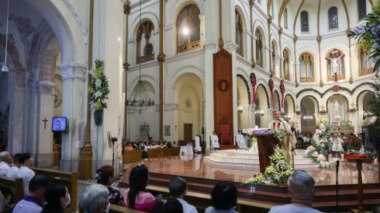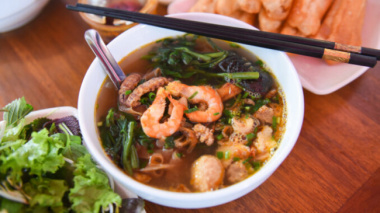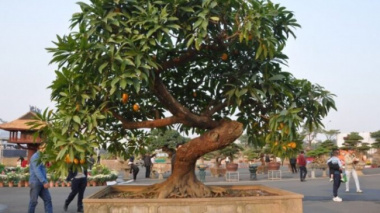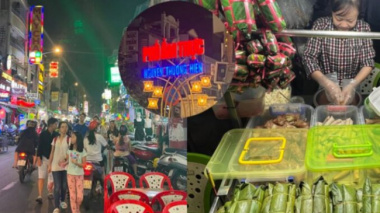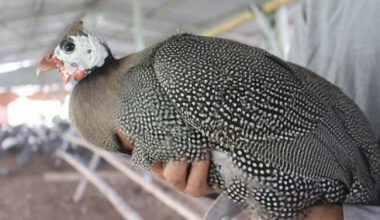Tan Son Nhat International Airport (SGN) – HCMC
Ho Chi Minh City’s Tan Son Nhat International Airport (SGN) is the biggest airport in Vietnam and an essential part of the tapestry of Vietnam’s history. There are two terminals, one for international flights and another for domestic.
History
Naturally, this airport’s international code reveals much more history than it may suggest, with the code SGN standing for Ho Chi Minh City’s original name of Saigon. This city was the capital of the southern half of the country during the Vietnam war, with the airport operating as the main airbase for the US and Southern Vietnam air force.
It began as a light airfield built by the French Colonials and named after the nearby village of Tan Son Nhut. But it wasn’t until the escalation of the Vietnam war that the airport was expanded with a single concrete runway by US forces.

Tan Son Nhat International Airport. Photo:
The airport would become one of the busiest airports in the world for many years, with almost daily Boeing 747 Pan Am services back to San Francisco via Guam and a record 30 Continental Airways Boeing 707 flights at its peak in 1973. This would all come tumbling down at the conclusion of the war and the airport would not see United States aircraft again until 2004.
Terminals at SGN
There are two airport terminals, Terminal One operates domestic flights, and Terminal Two that is exclusively for international services. The latter terminal is considered new (it was built in 2007) compared to the original, now domestic, terminal.
Both terminals are modern, have air-conditioning, restaurants, and currency exchanges. The international terminal uses US currency on the airside (past security) and may not accept Dong. The airport has also increased the prices to match the standard you would expect to pay in Singapore and other destinations.
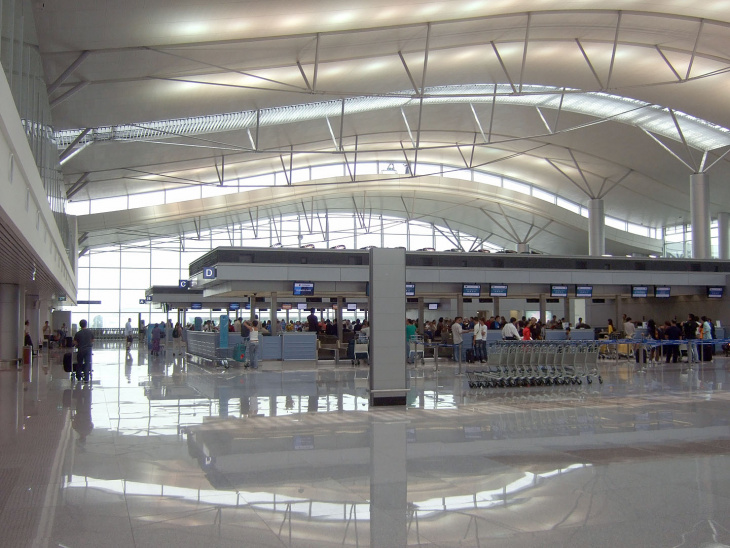
Ticket counters at Tan Son Nhat. Photo:
However, you can use your credit card and other electronic forms of payment. When exchanging money (for transport fares for example) be sure to get smaller bills as many of the transport operators won’t accept large bills.
As Vietnam’s busiest airport, there are many airlines offering flights around the clock. All airports in Vietnam can be reached from Ho Chi Minh City, with the most popular route being to the nation’s capital of Hanoi.
Visitors arriving into the country via the International airport will need to have a Visa (or prepared an e-visa before arrival). Some countries can receive a visa on arrival however this needs to be paid for in US dollars ($25 USD) and there are no ATM facilities before immigration to withdraw cash.
Transportation at SGN
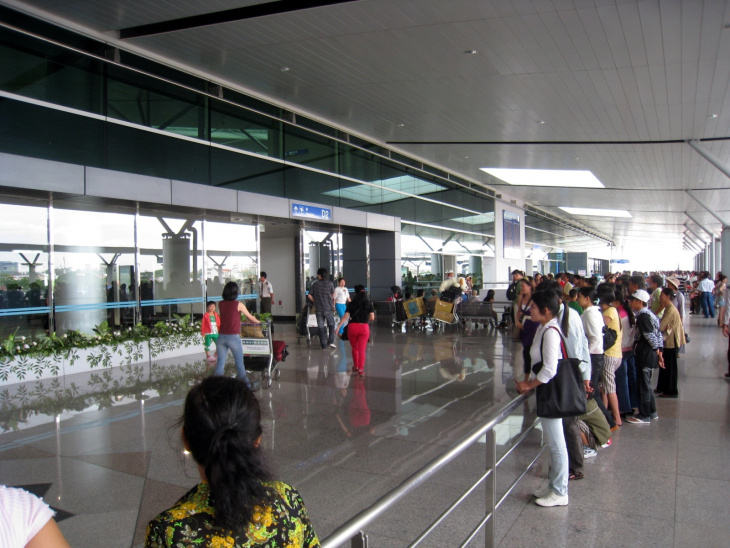
The entrance of the airport. Photo:
The airport is surprisingly very close to the center of Ho Chi Minh City, at around 6 km or four miles, meaning those that are heading to a hotel after landing will find the trip quick and cheap. It takes about 20-30 minutes depending on where you are heading and traffic. You can also arrange a hotel near HCMC airport.
There are four main transport options from the hotel into the center of the city:
- Local Buses
- Minibus
- ‘Cyclos’ a motorbike taxi
- Regular Taxis
If you using a ride-sharing app, such as Grab, GoJek or Bee, you’ll likely need to get picked up outside of the airport, meaning you’ll have to walk with your luggage to a pick-up point. If getting dropped off for a departure, it will be no problem to drive straight up.
The first option, the local air-conditioned bus number #152, leaves from the airport to the city center. It passes down De Tham Street and Dong Khoi Street where most of the major western hotels are located. If you tell the bus driver the name of the hotel as you board, they will make an effort to stop there on the way.
Watch out however as this bus might be very full and those with lots of luggage might be denied boarding. Buses do not run in the early hours of the morning, with the first service at 5:00 AM and the last service at 12:30 AM. The fare is 40,000 Dong (1.80 USD).
The next form of transport is Minibuses and motorbike taxis. The former is perfect for big groups and the latter for single riders. Essentially you simply approach the driver and let them know where you want to go. Negotiate a price before boarding and the minibus will leave when full. The bike will leave as soon as you are ready.
The last option is taxis and will cost around 200-250,000 Dong ($8-$13 USD). Be sure to use the meter on board to get a reasonable fare and not be overcharged when you reach your destination.
Visitors can also hire a car and driver from the airport (foreign tourists are not allowed to drive on Vietnam’s roads) but this might be more expensive and unnecessary if you are just going to visit the urban landscape of Ho Chi Minh City.
The airport is also known for its incredibly long queue times for arriving and departing passengers. Even if you are transferring to a domestic flight, you will need to be prepared to wait an hour or more at immigration and likewise when departing the airport.
Ho Chi Minh City’s Tan Son Nhat Airport is one of the international lifelines of the country and you should be prepared before you arrive. Make sure you have the right visa, cash, plenty of battery, and a snack to battle your way through the bustling crowds.
Details
Address: 387 Quang Trung, Phường 10, Gò Vấp, Thành phố Hồ Chí Minh, Vietnam
Phone: +84 28 3848 5383
Code: SGN
Elevation: 33′
Đăng bởi: Tuấn Lê


